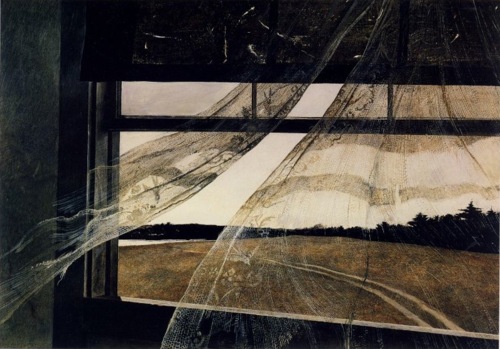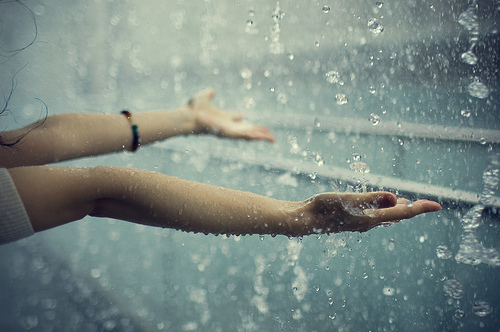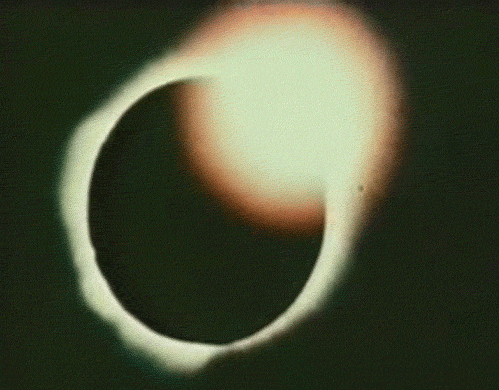Samuel: I’m interested in learning more about your recent book You Only Live Twice (Coach House Books, 2016), written in collaboration with Chase Joynt, and the concept of living a second life.
Mike: Chase and I both like to work all the time, so making a book together was a way of continuing a conversation. Chase often creates in collaboration, or in dialogue, so this project has roots in his generous practice. We were surprised to learn, after some initial chitchattings, that we both had very clearly marked divides in our lives. For Chase this meant the line between his former life as a girl, and his new life as a himself. For me it meant that period of being HIV-positive and the certainty of dying, along with millions of others, before the arrival of medications that afforded some of us an afterlife. You only live twice. What were we going to do in this second life? What happens during “happily ever after,” and how could the stories that had proved so reliable in our first life be rewritten to fit our new selves?
Samuel: In the past you’ve worked with analogue film, and have hand-processed 16mm. How has digital technology influenced your artistic practice?
Mike: I turned to video in the late 90s as film labs were closing and standards had fallen precipitously. Video offered a second chance. It was an invitation to consider the archive, for instance, instead of shooting I could find needed materials online, or in the video store. This new and unexpected abundance posed fundamental questions about relationships, authority, the author. I had to develop a montage ethic of how pictures might come together. Some of it begged audio-visual graffiti – writing over other’s pictures – while other movie moments required supercuts, or time travel collapses, or unexpected bedfellows. This was all possible in film of course, but muchly more laborious.
I was technically deficient so my earliest video years required the services of an editor, usually my pal Mark Karbusicky, and this hands-off relation to mysterious and complicated machines, not to mention Mark’s own deft rhythmic capabilities, changed the work considerably. Form is content. The way you make something changes that something. Today I cut my own movies, and the level of “material engagement” (can I use that phrase to describe computer clickings?) is deeper. I can feel each cut and fade, there is the possibility of digital poetry, a sensitivity to light, strict framings… in other words, the early lessons of analogue film can be reimagined in a digital glow, particularly in this moment when our too-perfect machines (yes, I’m talking about phones here) do so much of the heavy lifting for us.
Samuel: I’d like to speak about the timeliness of your work, and the impact you hope your work has on viewers today, and people just discovering it now.
Mike: The audience is always unknown, and changes from city to city. At a retrospective in Buenos Aires, the work that was less language-oriented rang clearer, while in North America confessionals can turn the room. Sometimes fests deliver audiences who have seen every fringe movie ever made, while other times the work appears in front of non-specialists, which for me at least is preferable. I used to show in doc fests quite a bit, where my work would arrive as a notable exception to most of the programming, it was outside and inside at the same time, though it has accessible handles, and these encounters can create surprises on both sides of the theatre. The question of accessibility is also a political question. The hope is to make movies that are formally engaged but that require no special tutoring or secret society handshakes.
Samuel: I’d like to learn more about what influences your work and what continues to inspires you now?
Mike: The most important things in my life have happened by chance. Don’t you find? My friend Jean Perret invited me to the Geneva University of Art and Design where he runs a movie program dedicated to what he calls cinéma du réel. My task was to work together with first year students and dig into the archives of the Red Cross. Together, we would try to find a way to make these faraway pictures feel close, to let them touch us, to touch our lives. I’m just finishing a feature-length movie in five parts called From the Archives of the Red Cross, and hope to make a few more. The material is so rich, so devastating, I could imagine spending many years digesting these pictures and faces. Though already I miss our collective work, the sense of a common mission, and the ability to share our yields. Together we created a living archive, that we were part of, and where we could become parts of each other.
Samuel: What’s next for you, what upcoming projects are you working on?
Mike: Five years ago I began work on a book about the Funnel, Toronto’s experimental film collective that ran from 1978-89. I scanned its many publications and program calendars, typed out the distribution catalogues, and conducted more than twenty interviews, all available on my website. The book is an oral history collage that starts with the group’s origins in counterculture resistance and punk refuseniks, and takes us through the fight against censorship, gender trouble, and the challenges of postmodernism.
I am in the midst of several feature-length movies, including one that involves the photographs of notorious criminal Alvin Karpis, another about the suicide/death of my best friend Don, a feature-length installation that features serial portraits of subway commuters, one minute per shot (69 in all, one for each subway stop in Toronto), and then there is Aftermath, a six-part movie about artists who have died young. I’m also busy recutting all of my old work, many of these reversions are winding up on Vimeo.


